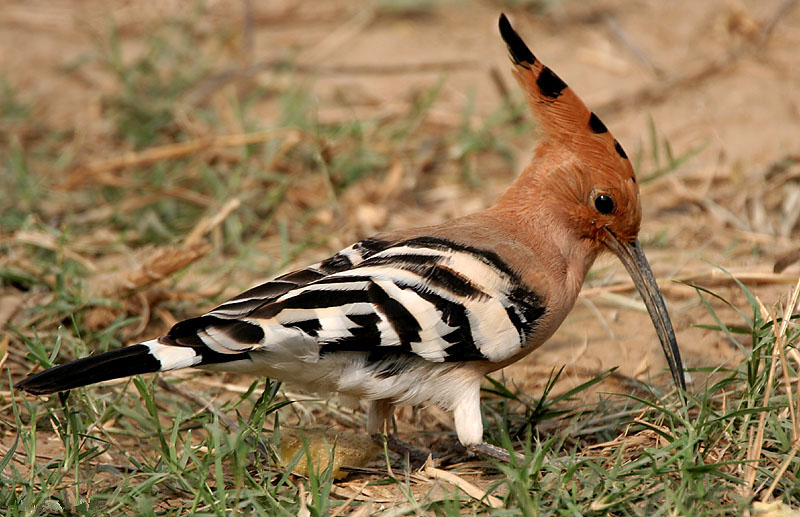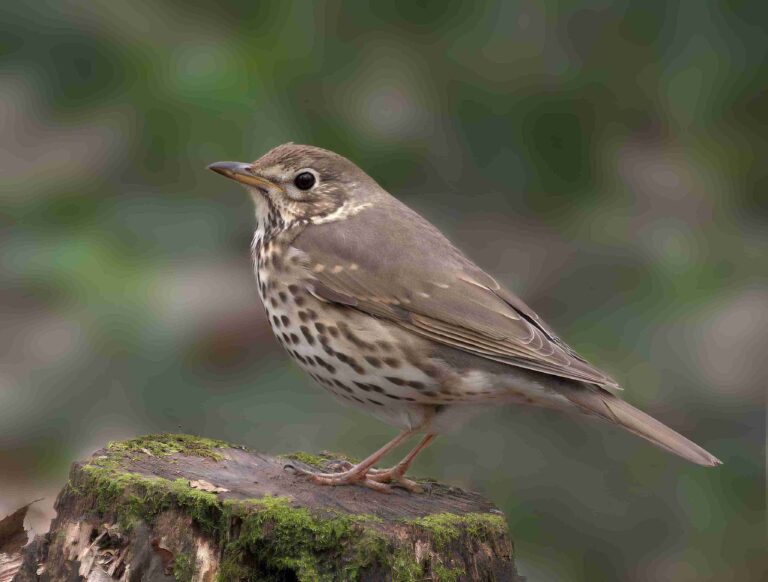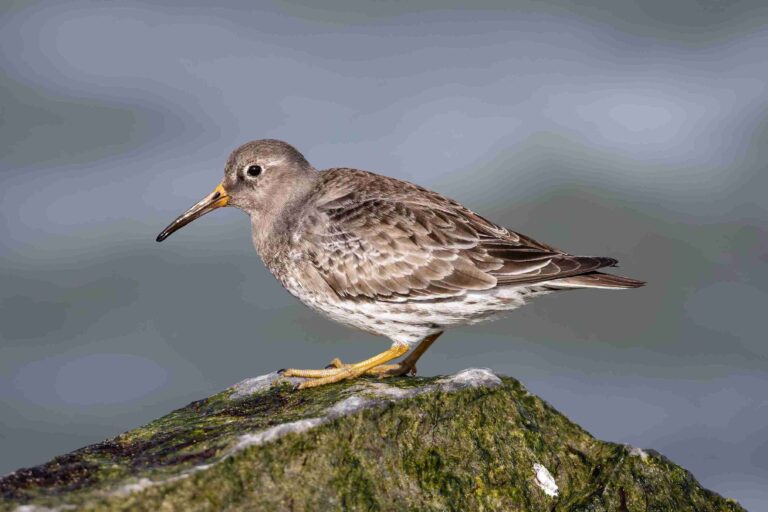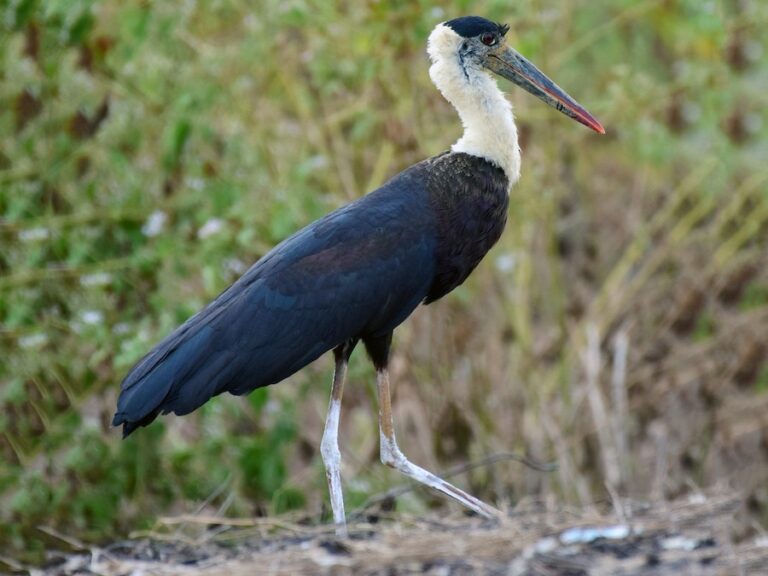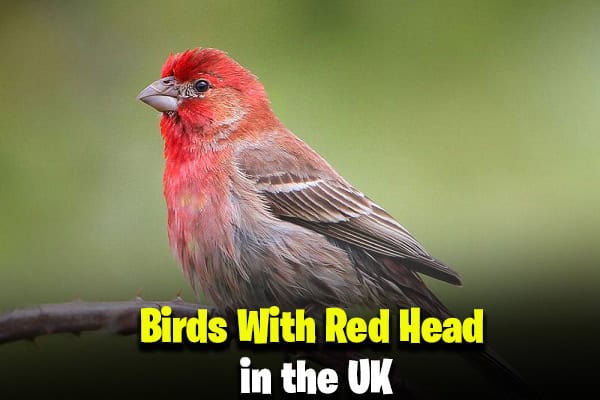Abubilla común
1. Nombre del ave
En bird that is the subject of this profile is the Common Hoopoe, scientifically known as Upupa Epops.
2. Aspecto
The Common Hoopoe is a distinctively-marked bird with unique physical characteristics. This bird features a remarkable crest on its head, which is fan-shaped and typically opened when the bird is alarmed. Its body is finely marked with a deep sandy color with a rich combination of black and white wings and tail. These birds possess a long, slender bill that slightly curves downward, used mainly for probing the ground while foraging. Both sexes are alike in the appearance though females tend to be slightly less marked than the males.
3. Tamaño
Por término medio, la abubilla común adulta mide entre 25 y 32 centímetros. Su envergadura alar suele oscilar entre 44 y 48 cm (alrededor de 17,3 a 18,9 pulgadas). El peso de la abubilla común suele variar entre 46 y 89 gramos.
4. Hábitat y distribución
Las abubillas comunes pueden verse en Europa, Afroeurasia, Asia y el norte de África, extendiéndose hasta la Península Arábiga. Prefieren habitar en zonas abiertas y poco arboladas, como campos de cultivo, parques y jardines, e incluso semidesiertos. Evitan los bosques densos.
5. Datos de interés
Common Hoopoes have an interesting breeding behavior where males feed females during the courtship period to build a bond. They have a peculiar way of cleaning their nests; the female secretes a foul-smelling liquid to deter predators. Hoopoes are also mentioned in the Holy Quran and are considered symbols of wisdom and virtue in some cultures.
6. Dieta
La dieta de la abubilla común consiste principalmente en insectos como escarabajos, cigarras, hormigas, saltamontes y grillos. Utilizan su pico largo y curvado para sondear el suelo y extraer larvas y pupas. También se ha registrado el consumo ocasional de pequeños reptiles, ranas, semillas y bayas.
7. Comportamiento y sonidos
Las abubillas comunes suelen ser vistas buscando comida en el suelo con un característico método de caza de "salto y parada". Su reclamo es un trisilábico "oop-oop-oop", que les da su singular nombre. Durante la época de reproducción, los machos realizan exhibiciones de vuelo para atraer a las hembras, que a menudo incluyen ascensos, descensos y revoloteos.
8. Estado de conservación
Según la Lista Roja de la Unión Internacional para la Conservación de la Naturaleza (UICN), la abubilla común está clasificada en la categoría de Preocupación Menor debido a su extensa área de distribución y a la estabilidad de su población.
9. Vida útil
Las abubillas comunes suelen vivir hasta 10 años en libertad, aunque se sabe de algunas que llegan a los 12 años. Su esperanza de vida en cautividad suele coincidir con la de sus congéneres salvajes.
10. Notas adicionales
In regional dialects, the Hoopoe is known as “hudhud” in Arabic, reflecting the bird’s distinctive call. In many cultures, this bird is considered a symbol of virtue and wisdom. Humans have often cited them for their remarkable foraging skills, and they play a key role in controlling harmful insect populations. Given their inclination towards open and lightly wooded lands, and their feeding habits, Common Hoopoes significantly contribute to the health of various ecosystems.

